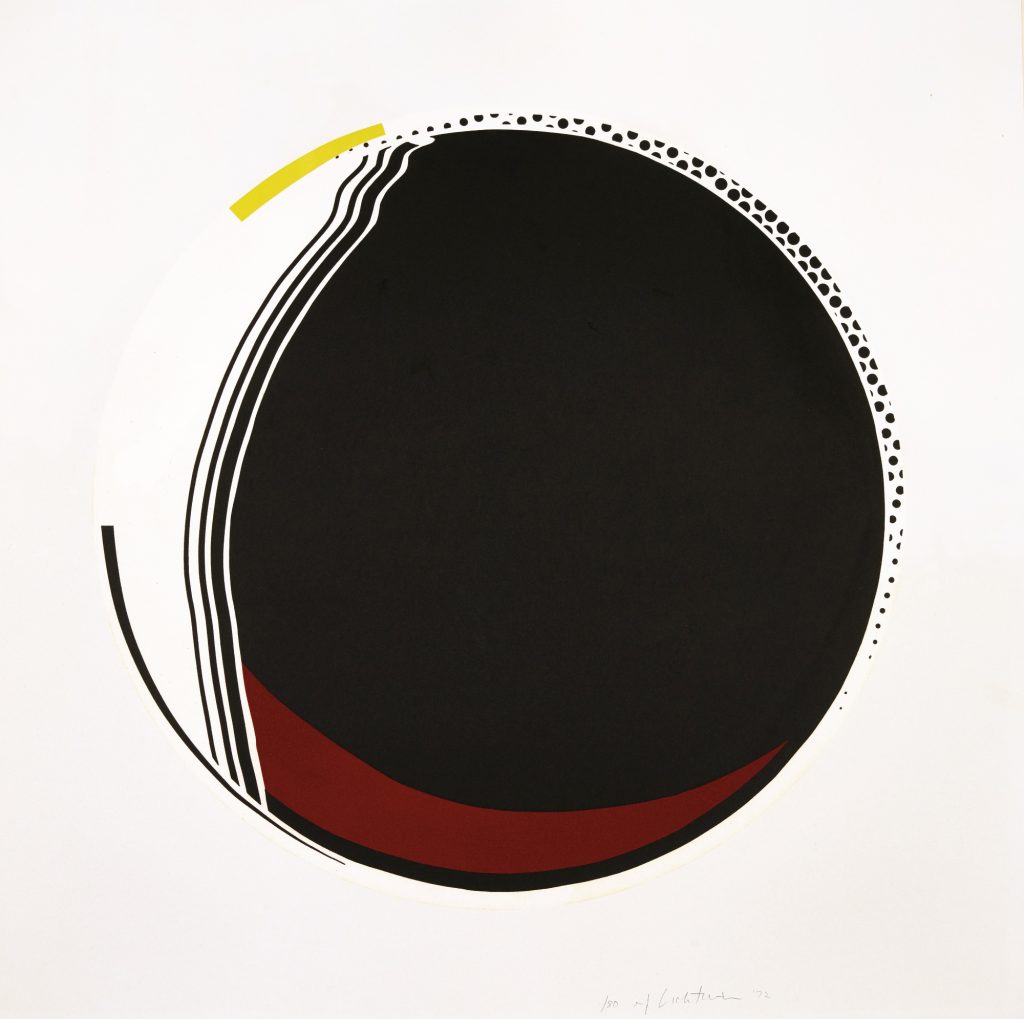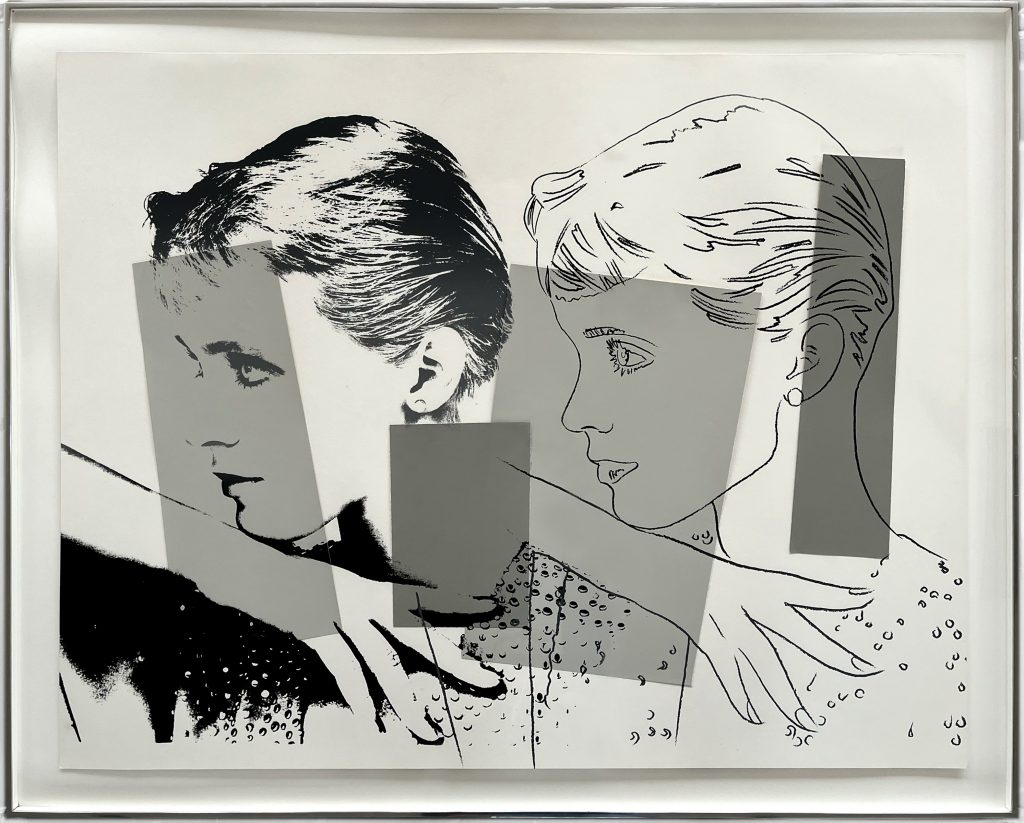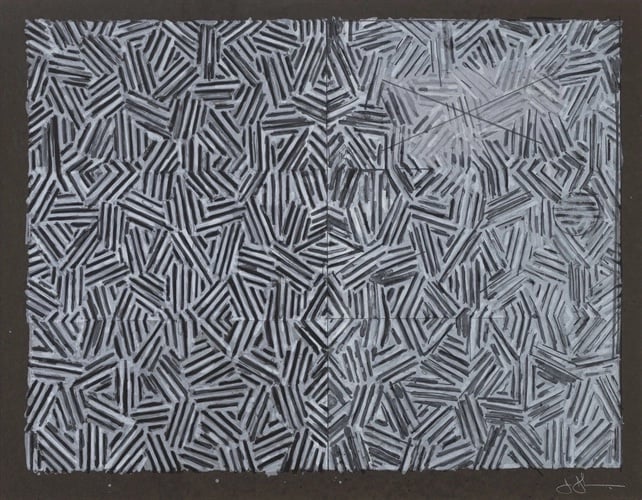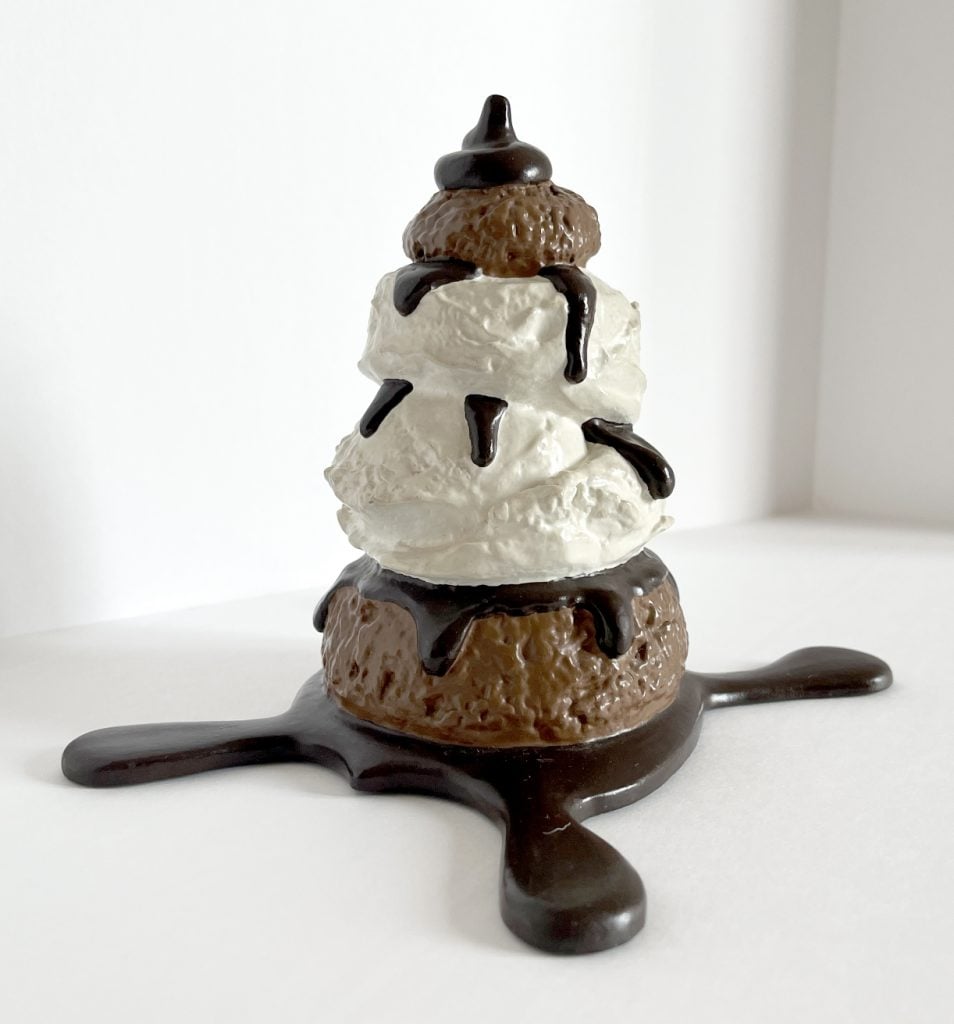Artnet Auctions
With Bids Starting at Just $100, Artnet Auctions’s ‘No Reserve’ Sale Is a Chance to Snag an Iconic Lichtenstein at an Incredible Price
From Oldenburg to Warhol, we dive into our specialists' top picks from the auction.

From Oldenburg to Warhol, we dive into our specialists' top picks from the auction.

Artnet Auctions

Currently live, Artnet Auctions presents its second No Reserve sale, where every starting bid is $100—including for works by iconic artists like Andy Warhol, Roy Lichtenstein, and Claes Oldenburg. Through January 5, 2023, more than 50 lots from some of the art world’s biggest names are live for bidding, all without a reserve.
Traditionally, artworks in auctions have a minimum price—a reserve—that must be met, or the sale doesn’t go through. Without this agreed-upon reserve, the artwork up for auction can be sold at truly any price. Artnet Auctions’s No Reserve offers both experienced bidders and those new to auctions the chance to acquire work by significant artists—from Ed Ruscha to Jasper Johns and so much more—at an incredible price.
The lack of reserve makes this auction an especially great opportunity for new collectors; the results reflect true, fair-market values, and they can bid on rare and remarkable pieces without consequence and have the chance of bringing home art at an accessible price.
Below, we go into more depth on four extraordinary works—handpicked by our specialists—that are included in this sale. And make sure to place your bids soon to get in the game, as the momentum is sure to build.

Andy Warhol, Unidentified Woman (1982). Est: $25,000–$35,000.
Andy Warhol began his career as a graphic designer for magazines and was linked to the fashion world during his career as an artist. Unidentified Woman (1982) reflects one of Warhol’s signature techniques: the mastery and resourcefulness of taking a single image and reproducing it in multiple variations. This example includes a single-color silkscreen image of a woman with an expressive yet refined, hand-drawn double—most likely created with the assistance of mechanical reproduction. The work has collaged elements that make it pop off the page, and its monochrome palette is the essence of “cool.”
Unidentified Woman is not exactly unidentified, however. During our last No Reserve sale (held this past summer), the subject of this work identified herself to us as Susan Hess and told us that the image was sourced from a shoot that the former model did with Bloomingdale’s. (Hess also appears to have starred in a pilot for Warhol’s 1985 talk show Fifteen Minutes.) This piece can be seen as emblematic of the Pop art movement, which Warhol made into a worldwide sensation.

Jasper Johns, Corpse and Mirror (1976). Est. $20,000–$30,000.
Practically no other artist has done more to advance the field of printmaking than Jasper Johns, one of the most important and prolific printmakers of the past two centuries. The present work is from a series of three prints featuring variously colored crosshatching marks, which are based on the artist’s 1974 painting of the same title that refers to the ‘exquisite corpse’ game often played by the Surrealists.
Crosshatching as a technique holds the potential for meaning—in printmaking, the hatch is an effect used to simulate depth. Ultimately, though, Johns insists that his crosshatched prints resist any significant meaning, despite their order. However, there is quite a bit of technical complexity involved in the creation of this print. The process required 12 lithographic plates, which went through a hand-fed, offset proofing press to get the ultimate image of six individual fields.
Prints are an excellent entry point to collecting work by Johns, as they are a pivotal part of his artistic practice and are accessible in price compared with his paintings.

Roy Lichtenstein, Mirror #9 (from Mirror Series) (1972). Est: $8,000–$12,000.
For over two decades, Roy Lichtenstein employed and explored the mirror motif in numerous works and series, and it came to be an integral part of his oeuvre. His series of circular, oval, and rectangular mirror paintings and prints are excellent examples of how the artist both engaged with and modernized art-historical ideas about art and illusion.
Rather than rendering their subject as symbols of vanity or as a means of achieving the illusion of three dimensionality, the two prints in our sale from Lichtenstein’s “Mirror” series depict flattened mirrors that reflect nothing. The object’s intended purpose is rejected, as well as any metaphorical implications. The inspiration for many of the artist’s mirror works came from his interest in the superficiality of 20th-century advertising. These prints also showcase the Ben-Day dot used in mechanical reproductions, which Lichtenstein popularized in his depictions of comics and other subject matter drawn from mass media. The “Mirror” series has been undervalued compared to the artist’s other subjects, but auction prices are trending upward. Both prints in the sale were produced at the renowned artists’ workshop Gemini G.E.L. in Los Angeles.

Claes Oldenburg, Profiterole (1989). Est: $8,000–$12,000.
Though Claes Oldenburg is best known for his monumental public sculptures of everyday objects, the artist also created a handful of small-scale multiples, one of which is featured in the current sale. Profiterole (1989) is a three-dimensional cast aluminum and brass creampuff covered in chocolate sauce that he colored with latex paint. This piece epitomizes the artist’s irreverent sense of humor and fascination with American consumerism, especially when it comes to food.
Oldenburg’s prints and multiples are an accessible and affordable entry into collecting the artist’s work. Like many sculptors, his two-dimensional and smaller-scale works are sometimes considered less significant in his oeuvre—but in fact they were essential to his artistic practice.
Browse these works and dozens more by artists such as Ed Ruscha, Jose Alvarez (D.O.P.A), and Harland Miller in the No Reserve auction, now live through January 5, 2023.